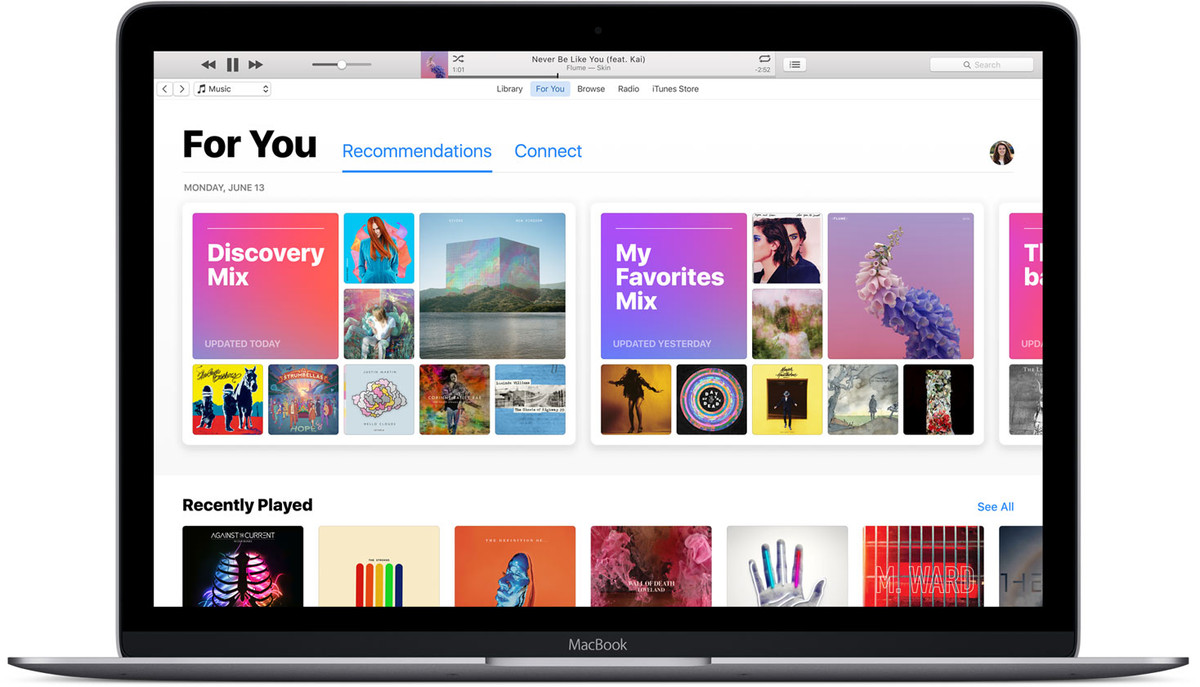Does Apple Music really have the most active monthly users?

It’s accepted that Spotify is the largest music streaming service in the world, with 50 million subscribers and well over 100 million users.
Apple Music has over 20 million subscribers and does not offer user figures. However, recent stats by Verto Index suggest that the situation changes when you look at US unique monthly users.
In this case, says Verto, Apple Music has 40.7 million unique monthly listeners while Spotify has 30.4 million.
Verto asserted, “Apple Music is the top music streaming service on our Index, with nearly 41 million monthly unique users reported in February (on mobile devices only).
“Even without taking PC audiences into account, it’s still the reigning music streaming service, with 20% more monthly unique users than Pandora (32.6 million monthly unique users) or Spotify (30.4 million monthly unique users).”
In fourth place is iHeartRadio, with 28.5 million unique users on mobile. SoundCloud came in fifth with 25.7 million. For Spotify, Pandora, iHeart Radio, SoundCloud, mobile and PC visits are counted.
Verto’s explanation for Apple’s dominance is that the company simply drew more users, first through its free three-month trial. Also encouraging use is that Apple bundles its music streaming service with other multiple devices for all its customer, thereby saving them from downloading a separate app.
But as analysts have pointed out, Spotify also has a free tier to encourage try-some-buy-some users.
Verto gathers its data from 20,000 users in the UK and US through a measurement app on their devices and then pairs it with analytics information.
Verto’s approach to this research is explained this way: “When it comes to consumer behaviour, streaming music properties differ from interaction with other types of content in one important aspect: much of the consumer time spent with streaming music properties actually occurs while the app or site is running in background mode (e.g. a consumer spends a few minutes creating or selecting a playlist, which then plays in background mode for the next few hours as the consumer cycles through other apps and sites).
“With this in mind, our Index focuses on the number of sessions per user, per month as a better indicator of user engagement with a given streaming music property (in addition to our stickiness rating).”
Verto Analytics’ stickiness rating (which compares daily users to monthly users) claims to help identify and quantify the most engaged users.
It transpires that very often, those platforms with the smallest amount of users also have the stickiest.
YouTube Music, which has 2.5 million monthly users, has a 35% stickiness rating. Tidal Music, which had 100,000 monthly users in February, had a 22% rate (which is, incidentally, the same as Amazon Music).
But while the users of these smaller services had an average of 46 sessions a month, Spotify’s users put in 51 sessions while the Swedish service’s stickiness is put at 25%.
Music Ally has disputed Verto figure estimates, pointing out that in December 2016 when Apple Music announced it had 20 million paying subs, over 50% were outside the US.
Music Ally contended, “For argument’s sake, if that ratio continued and Apple Music continued at its growth rate of around a million new subscribers a month, by the time of Verto’s study it would have had around 22 million – and thus a maximum of 11 million subscribers in the US.
“By Verto’s reckoning, that would mean nearly 30 million non-paying Apple Music trialists in the US alone in February 2017.”
Music Ally considered the Verto figures exaggerated, and suggested that perhaps it based its figures, as some other researchers tend to do, not just on Apple Music alone but Apple’s native music app which captures all music activity including listening via the streaming service, radio service and users’ personally downloaded music libraries.
Verto responded: “All data that Verto publishes is based on-screen engagement of the app. In the Apple Music case, this data includes both the listening of music stored on the device and Apple music streaming. In other words, we do not report separately these two types of usage, but instead the aggregate.”

































